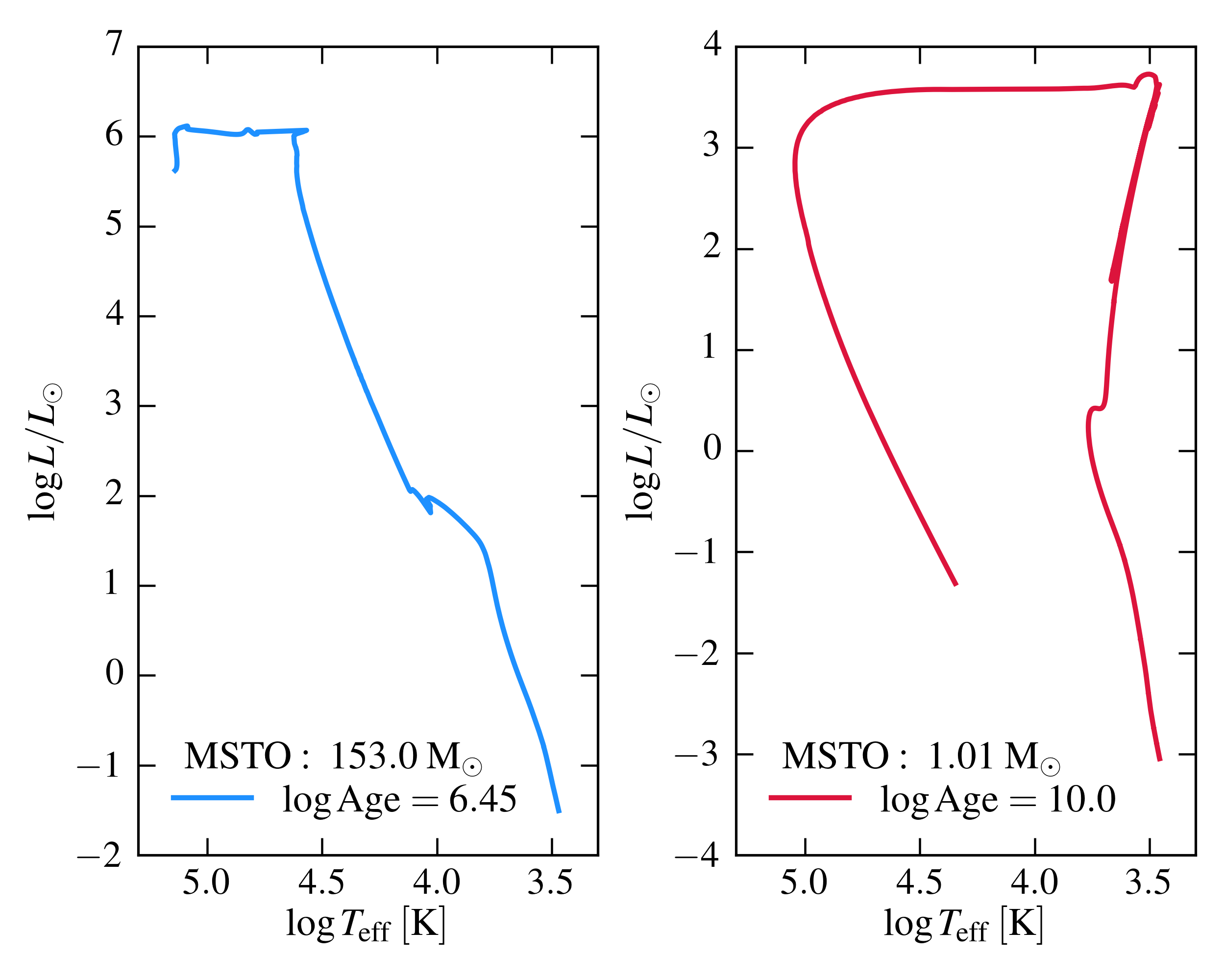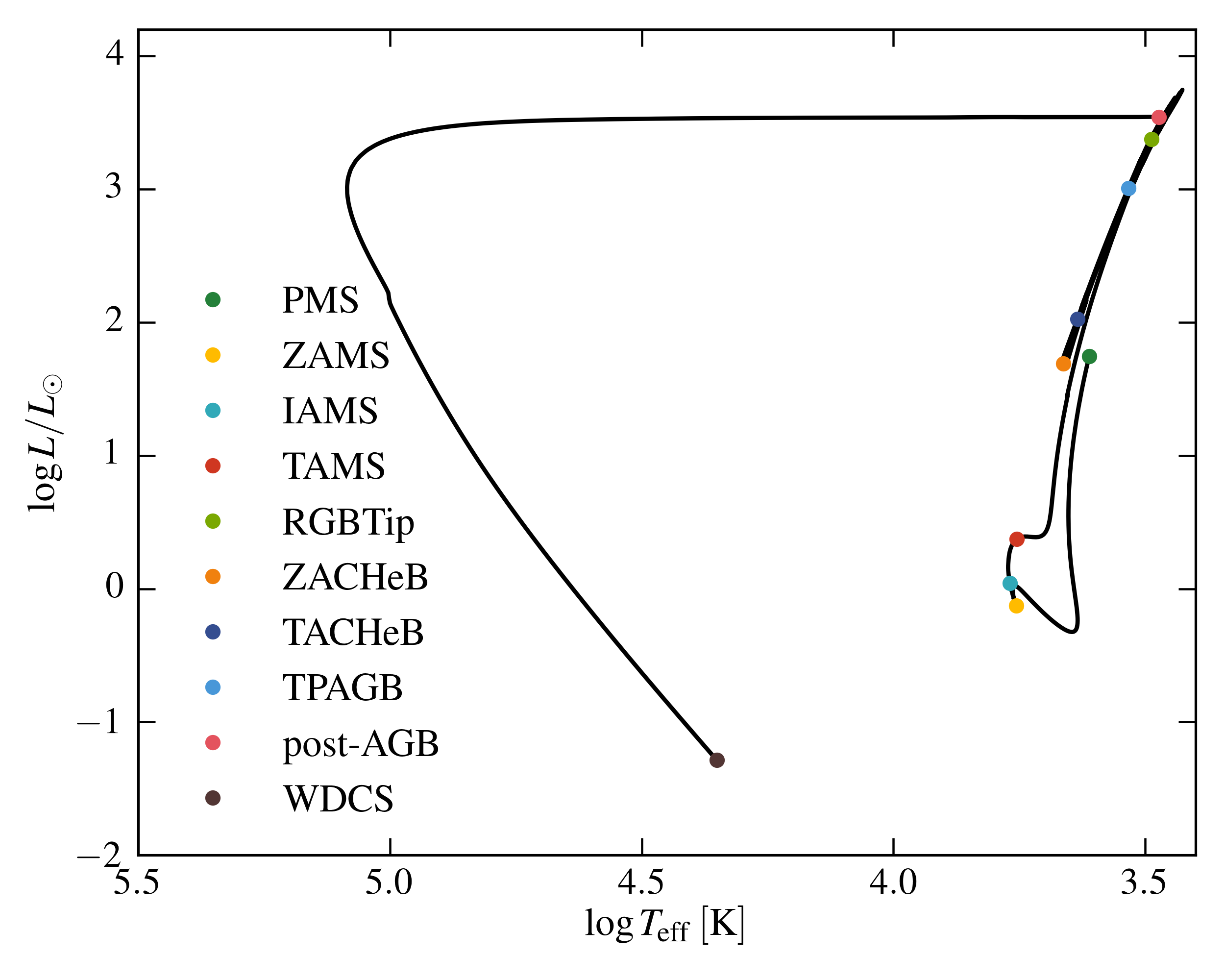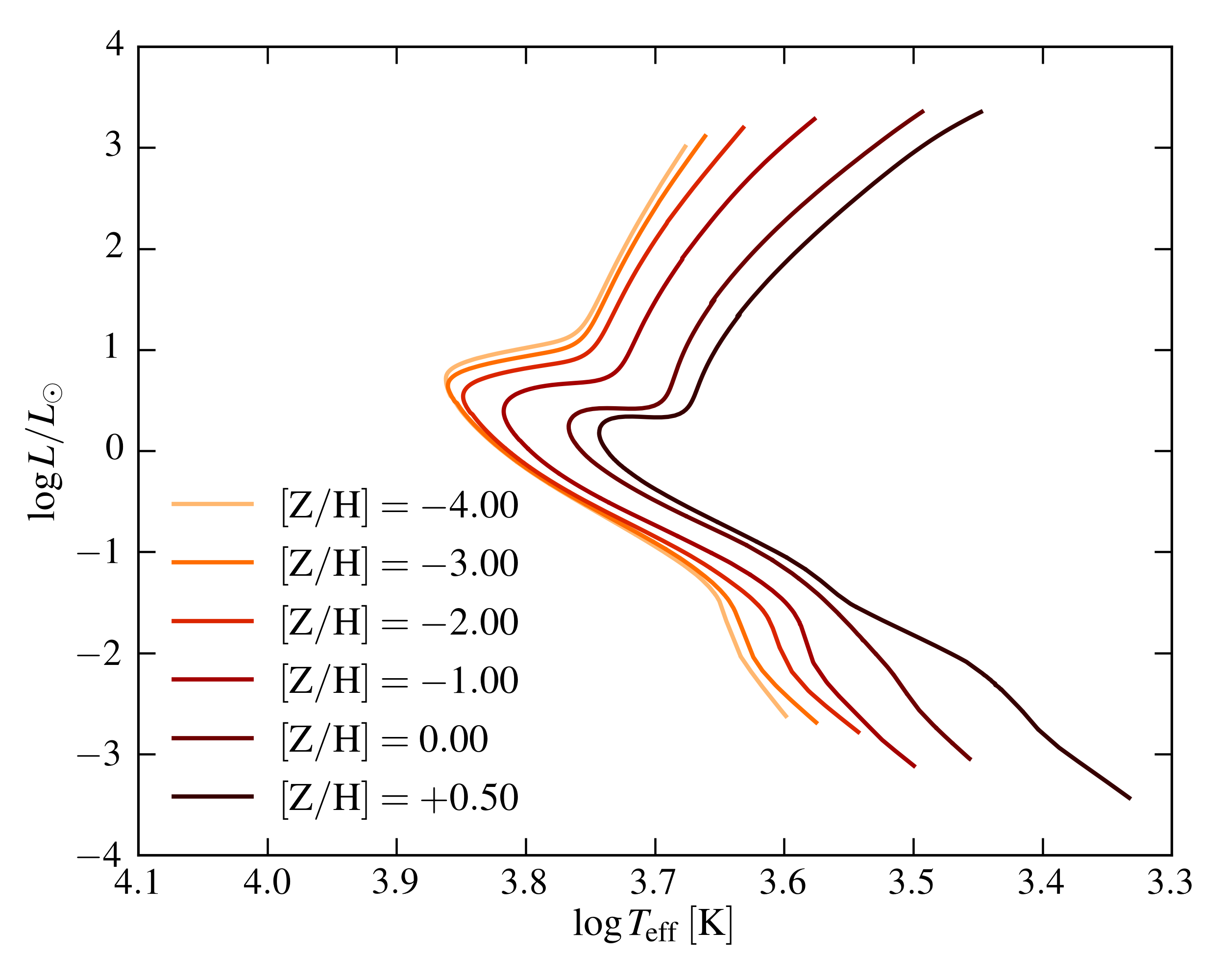Brief Overview of the Models
We started the MIST project in 2012 with the goal of building large grids of single-star stellar evolutionary models extending across all evolutionary phases for all relevant masses & metallicities, and with the computational speed to allow a wide exploration of parameter space. The MIST stellar evolutionary tracks are computed with the Modules for Experiments in Stellar Astrophysics (MESA) code. MESA is an open-source stellar evolution package that is undergoing active development with a large user base worldwide. The current release of MIST models are computed with MESA version v7503. The evolutionary tracks output from MESA are transformed into isochrones using A. Dotter's iso package. See README_OVERVIEW for more details.
Please cite the following papers in a publication that makes use of the MIST models:
Dotter (2016), Choi et al. (2016), and Paxton et al. (2011, 2013, 2015).
Who Are We?
Jieun Choi (Harvard), Aaron Dotter (Harvard), Charlie Conroy (Harvard), Matteo Cantiello (UCSB/KITP)
This work is supported by the NSF (AST-1524161), NASA (NNX13AI46G and NNG16PJ26C), and the Packard Foundation.



